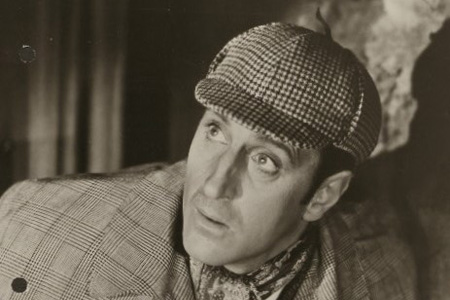Time Travel Anyone? The Quest To Know More About David Young
Managing editor Sandi Duncan imagines traveling back in time to meet our founding editor, David Young. Here's what she'd ask him.

At one time or another, most, if not all of us, have probably considered how awesome it would be if we could travel back in time. I know I talk about what it would be like to go back to a time when I was younger and relive things with the wisdom and experience that I now have. Yet, if you’ve ever read any books or watched any movies about time travel, the one rule that is loud and clear is that you can’t change anything if you go back in time. (Remember the movie “Back to the Future?”)
But what if you could go back to a time in history that especially interests you or relates to you in one way or another? I’ve always thought that it would be really neat to go back to the turn of the 20th century in New York City, or experience what it was like to head west in the late 1800s (was it really like Little House on the Prairie?). And now after attending a historical society meeting in the hometown of David Young, our founding editor, I started thinking it might be really neat to be able to time travel back to 1818 and meet him.
Who Was David Young?
There seems to be a lot of mystery about our founding editor. We know he was born on January 27th, 1781, in Pine Brook, Morris County, New Jersey, and died on February 13, 1852. We also know he was a poet, teacher, astronomer and was known to be somewhat eccentric or aloof in his behavior.
There is no photograph or likeness of David Young known to exist but he is pictured in many minds and described as a “man tall and spare who carried himself with a natural dignity.” He is said by one woman to have reminded her of the Duke of Wellington and others say he resembled actor Basil Rathbone, who portrayed Sherlock Holmes in movies in 1939 and through the ’40s.

Supposedly, his manner was always deferential and kindly although he often outwardly appeared absent-minded.
Young was well respected in astronomy and was said to have been hired by the French to determine if there was an eclipse on the day that Jesus was crucified (he proved that there was no eclipse that day). He didn’t have much money. He authored two books besides the Farmers’ Almanac, and was known to be very kind to his cows and farm animals, and loved gardening.
We know his wife’s name was Mary, that he loved numbers and the sky. I but I would like to travel back in time and ask him about the very first edition of the Farmers’ Almanac that he published. What were his goals with the Almanac, and would he believe or dream that his Almanac would still be published today, so many years later? And why did he choose to use the title “Philom.” after and his surname, and sometimes as a middle name? And how did he know about sunspots and the weather …?
Yes that’s when I’d go back to … 1818. How about you?
This article was published by the Staff at FarmersAlmanac.com. Any questions? Contact us at [email protected].













I’d wager that the “Philom” after his name was short for Philomath: A lover of learning; a scholar.
Very much enjoyed reading about David Young, Sandi. All this time, it never occurred to me to wonder about who founded Farmers’ Almanac – especially appreciated the fact that he loved numbers and astronomy — and that he was reputed to be kind to his animals! Thank for this info.